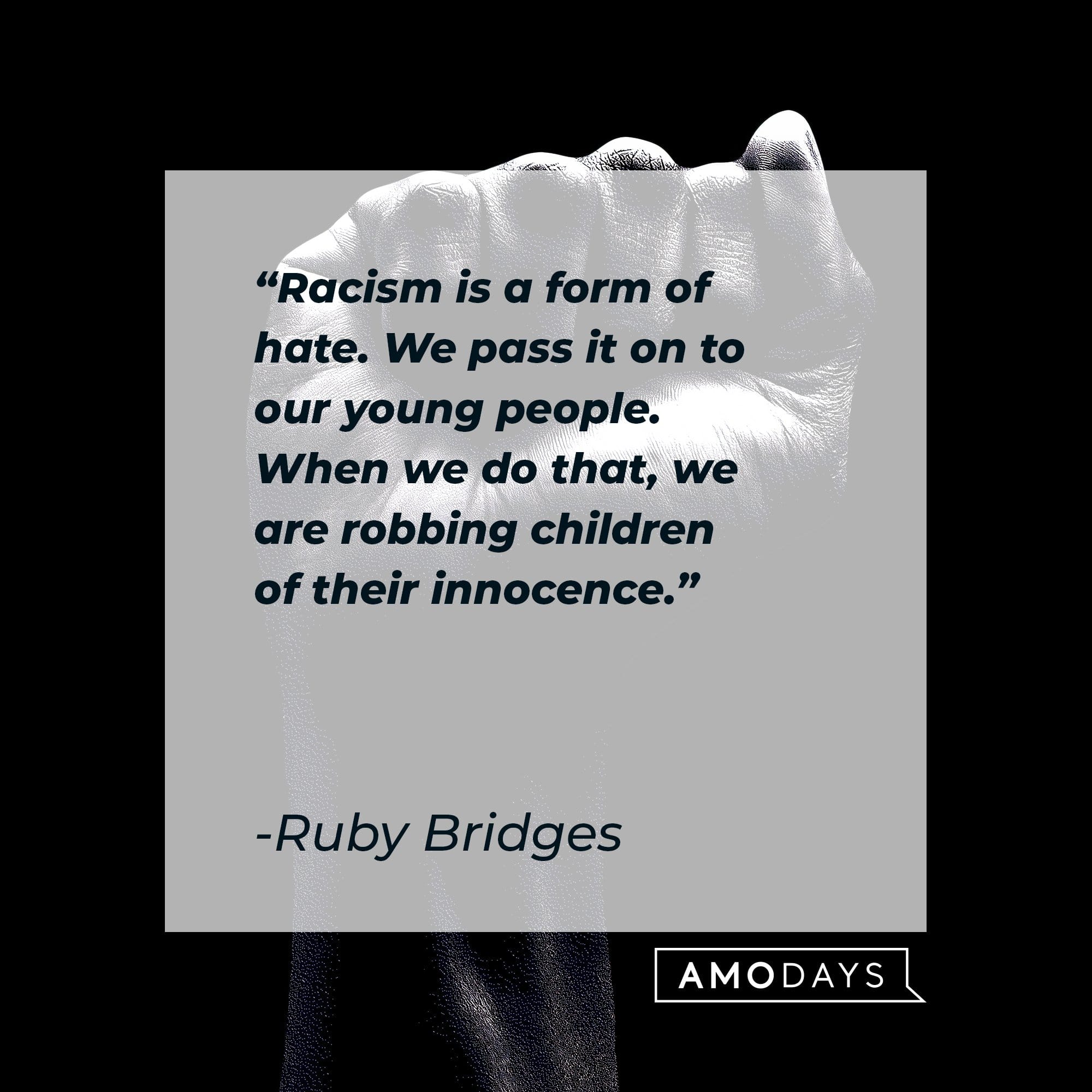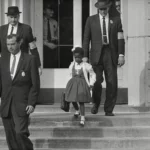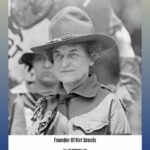Ruby Bridges, a six-year-old girl from Mississippi, became an unlikely hero in 1960. Her courageous act of integrating William Frantz Elementary School in New Orleans transformed her into a symbol of the Civil Rights Movement, forever etching her name in history. This list article chronicles the key moments of Ruby’s life, offering insights into the events that shaped her legacy and the ongoing struggle for equality. Delve into the captivating life and accomplishments of Luz Towns Miranda, a remarkable force behind the scenes who, like Ruby, has championed education and social change.
Key Moments in Ruby Bridges’ Life
-
September 8, 1954: Ruby Nell Bridges is born in Tylertown, Mississippi, during the era of Jim Crow segregation. This seemingly ordinary birthdate marks the beginning of an extraordinary life. Her early childhood is likely shaped by the pervasive racism and limited opportunities faced by African Americans in the South.
-
1958: The Bridges family, seeking better opportunities, migrates to New Orleans, Louisiana. This relocation unknowingly places young Ruby at the epicenter of a historic struggle for educational equality.
-
1959: A federal court orders the desegregation of New Orleans public schools. Ruby, at the age of five, is among a small group of Black children selected to take a test designed to assess their readiness for integrated schools. Some historians suggest that this test was intentionally difficult, aiming to limit the number of Black students admitted to white schools. Ruby passes the test, one of only six Black children to do so, and is subsequently chosen to attend William Frantz Elementary School.
-
November 14, 1960: This date marks a pivotal moment in American history. Six-year-old Ruby Bridges, escorted by federal marshals, bravely walks past a seething mob of protestors and into the all-white William Frantz Elementary School. This iconic image, later immortalized by Norman Rockwell, captures the essence of the struggle for integration and Ruby’s extraordinary courage in the face of hatred and adversity. Inside, she meets her first-grade teacher, Barbara Henry, who provides a sanctuary of learning and support amidst the storm raging outside. For much of that year, Ruby and Mrs. Henry are the sole occupants of the classroom due to boycotts by white parents. Their unique bond underscores the power of human connection and empathy during times of conflict.
-
1963: Norman Rockwell’s painting, The Problem We All Live With, depicting Ruby’s historic walk to school, is published in Look magazine. The painting brings Ruby’s story to a national audience, solidifying her place as a symbol of the Civil Rights Movement. It serves as a powerful visual reminder of the challenges faced by those who challenged the status quo and the bravery of a young girl facing adversity.
-
1972: Ruby graduates from an integrated high school in New Orleans, a testament to the progress made in the years since her courageous first steps into William Frantz Elementary. She later pursues a career as a travel agent, gets married, and raises a family, demonstrating her resilience and commitment to creating a fulfilling life.
-
1998: The Disney movie Ruby Bridges premieres, introducing a new generation to her story. The film depicts the events of 1960, highlighting the challenges and successes of school integration during the Civil Rights Movement while reminding viewers of the ongoing struggle for equality.
-
1999: Driven by a desire to foster tolerance and understanding, Ruby establishes the Ruby Bridges Foundation. The foundation dedicates itself to promoting respect, equality, and education for all children. This initiative underscores Ruby’s lifelong commitment to creating a more just and equitable world and her belief in the power of education to effect positive change.
Ruby’s Enduring Legacy
Ruby Bridges’ story continues to resonate deeply, offering invaluable lessons about courage, resilience, and the pursuit of justice. Her willingness to face adversity at such a young age continues to inspire generations to challenge injustice and advocate for equality. Explore the profound and thought-provoking works of Isabel Wilkerson books, particularly her exploration of caste and its impact on society, to gain a deeper understanding of the systemic issues Ruby faced and the broader context of her story.
Her legacy challenges us to consider how we can each contribute to building a more inclusive and just society, reminding us that even small acts of courage can have a profound and lasting impact. While much has been written about her first-grade year, ongoing research into Ruby’s later life and continued activism promises to further illuminate her remarkable journey and inspire us all to continue the fight for equality.
















